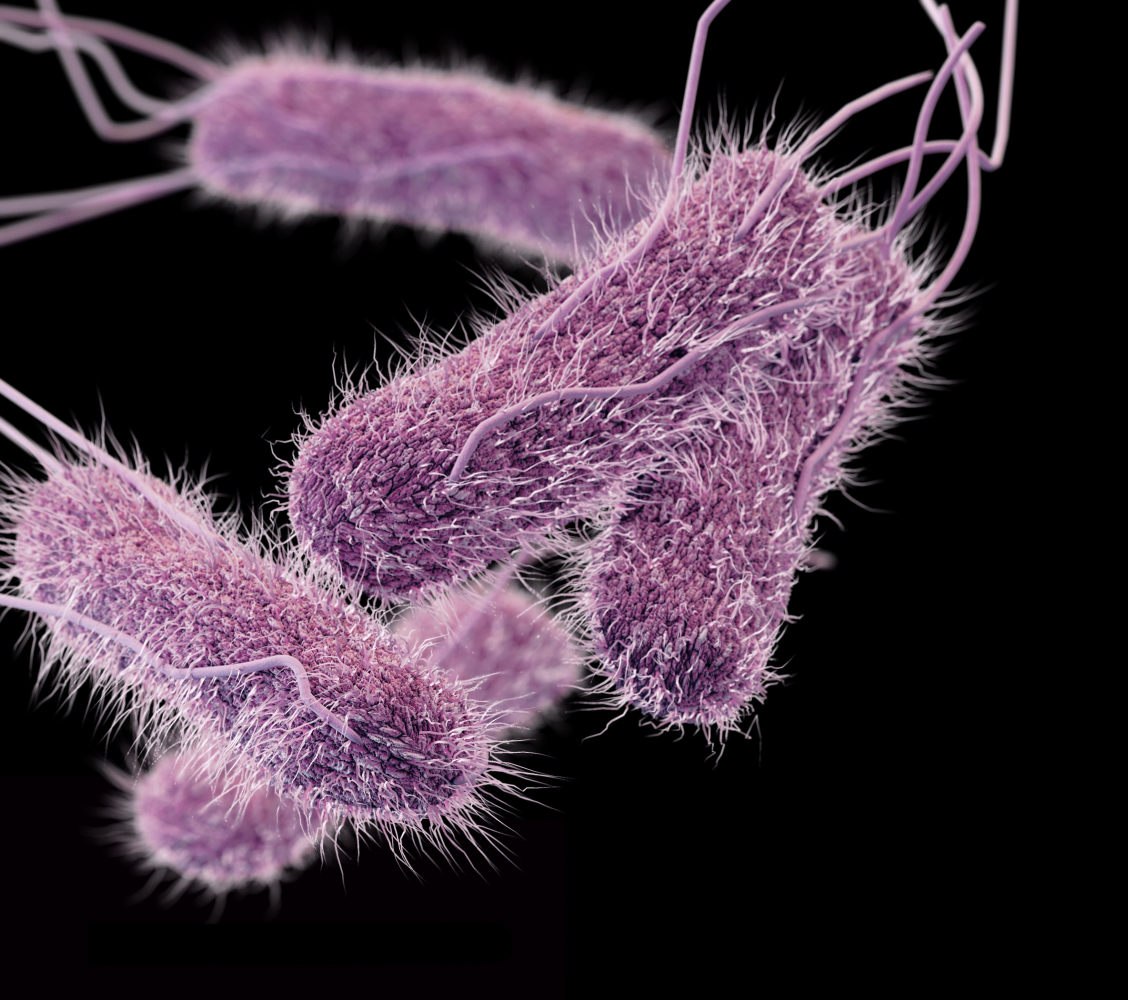For anyone who has ever had food poisoning, the word “salmonella” brings back bad memories. Most of us associate salmonella with the gastrointestinal torment accompanying undercooked chicken, pink pork or raw cookie dough.
However, a horrified mindset towards salmonella may be changing, with recent research indicating that an engineered version of this microorganism has the potential to treat cancer.
By engineering a particular strain of salmonella (S. typhimurium) to overexpress another bacterial protein called flagellin-B (FlaB), researchers Zheng et al. found that tumors could be eradicated completely through the activation of antitumor cell signaling pathways in the immune system.
Tumors, as oxygen-deplete environments, are a great breeding ground for anaerobic bacteria like salmonella, and because this information has been around for some time, the idea of using bacteria to deliver biological therapeutics — such as antibodies — is not new. Though using bacteria as therapeutic delivery vehicles has found some success, the requirement for multiple treatments and the recurrence of tumors posed problems for previous attempts to use this technology (Linnebacher et al.). In contrast, this study describes a bacteria-based treatment that aims to eliminate tumors by enlisting the immune system, rather than using the bacteria to simply deliver a therapeutic agent. The authors hypothesized that this approach would overcome the need for multiple treatments and recurrence of tumors.
To go about conducting their study, the researchers cloned the FlaB gene from Vibrio vulnificus (a bacteria related to cholera) into the salmonella genome to create a genetically modified version of salmonella. Because FlaB is known to stimulate the human immune system, the authors hypothesized that growth of this genetically engineered salmonella in tumors would alert the host immune system to presence of abnormal cells. When introduced intravenously into mice bearing colon cancer tumors, the bacteria colonized the tumor and produced high levels of FlaB protein. Importantly, the FlaB protein was not detected by tumor cells themselves, but was instead detected by a type of immune cell called a macrophage. As such the authors concluded that changes in tumor size in the presence of the hybrid salmonella was due to an immune response rather than a direct effect on tumors. This approach to cancer treatment is known as “immunotherapy.” While this means of treatment is not novel, the use of a typically dangerous bacterium to do so is pioneering.
Armed with these observations, the researchers then focused on observing the effects of the genetically modified salmonella on tumor growth in their mouse model of colon cancer. The researchers found that tumors regressed when exposed to normal bacteria without the FlaB gene, but these tumors eventually regrew and killed their host. In contrast, mice that had been inoculated with the modified salmonella expressing FlaB lived nearly three times longer, and demonstrated permanent tumor regression 55% of the time. Similar results could be achieved by injecting purified FlaB protein into bacterially colonized tumors, though this was more labor intensive and less effective than using the genetically modified salmonella.
Because the end goal of this study was to discover treatment for human cancer, the researchers also applied the genetically modified salmonella to a more human-like model of colon cancer. This was achieved by growing human colon cancer cells in mice, and then inoculating these animals with either normal or modified salmonella. Although the researchers found only a modest decrease in primary tumor size when bacteria were present, they also observed a dramatic reduction in the ability of the tumor cells to metastasize, or spread, to other organs. Presence of the FlaB-expressing salmonella reduced the number of metastatic tumors in the mice from an average of 91 lesions to just 4 through the activation of white blood cells. Using a variety of genetically modified mice, the researchers were able to pinpoint the means by which white blood cells from the mice were being activated, which allowed them to understand better how FlaB boosts the magnitude and efficacy of the immune response to tumor cells.
In summary, Zheng et al. have introduced an innovative way in which salmonella engineered to overexpress a foreign protein could completely eliminate tumors by activating the immune system. Colonization of tumors by these bacteria appears to cause white blood cells to infiltrate tumors, leading to tumor cell death. Remarkably, this effect seems to have been achieved with minimal deleterious effects on the hosts, which is promising for the future of this method. Who knew that the same bacteria infamous for upset stomachs and late nights had the potential for such hope-giving work?









